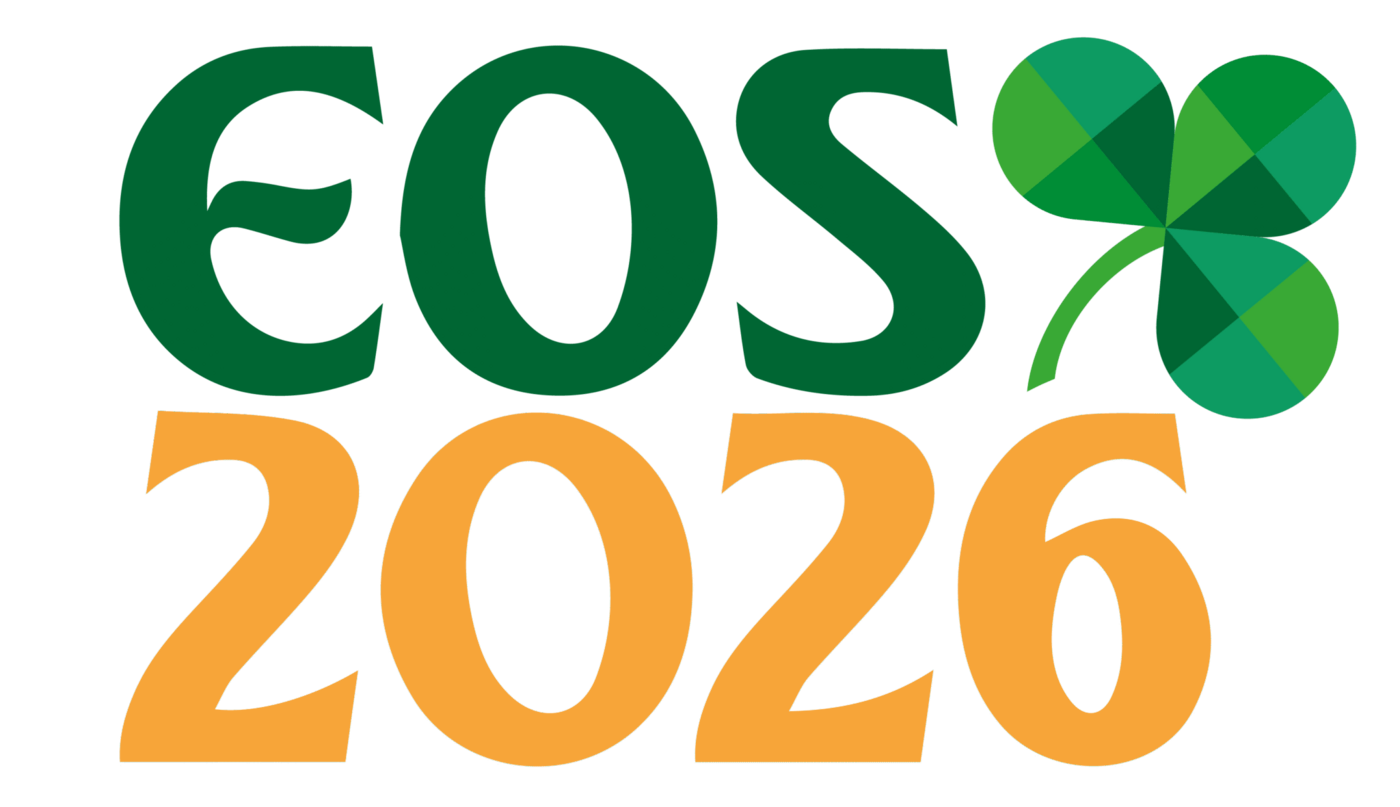Denmark
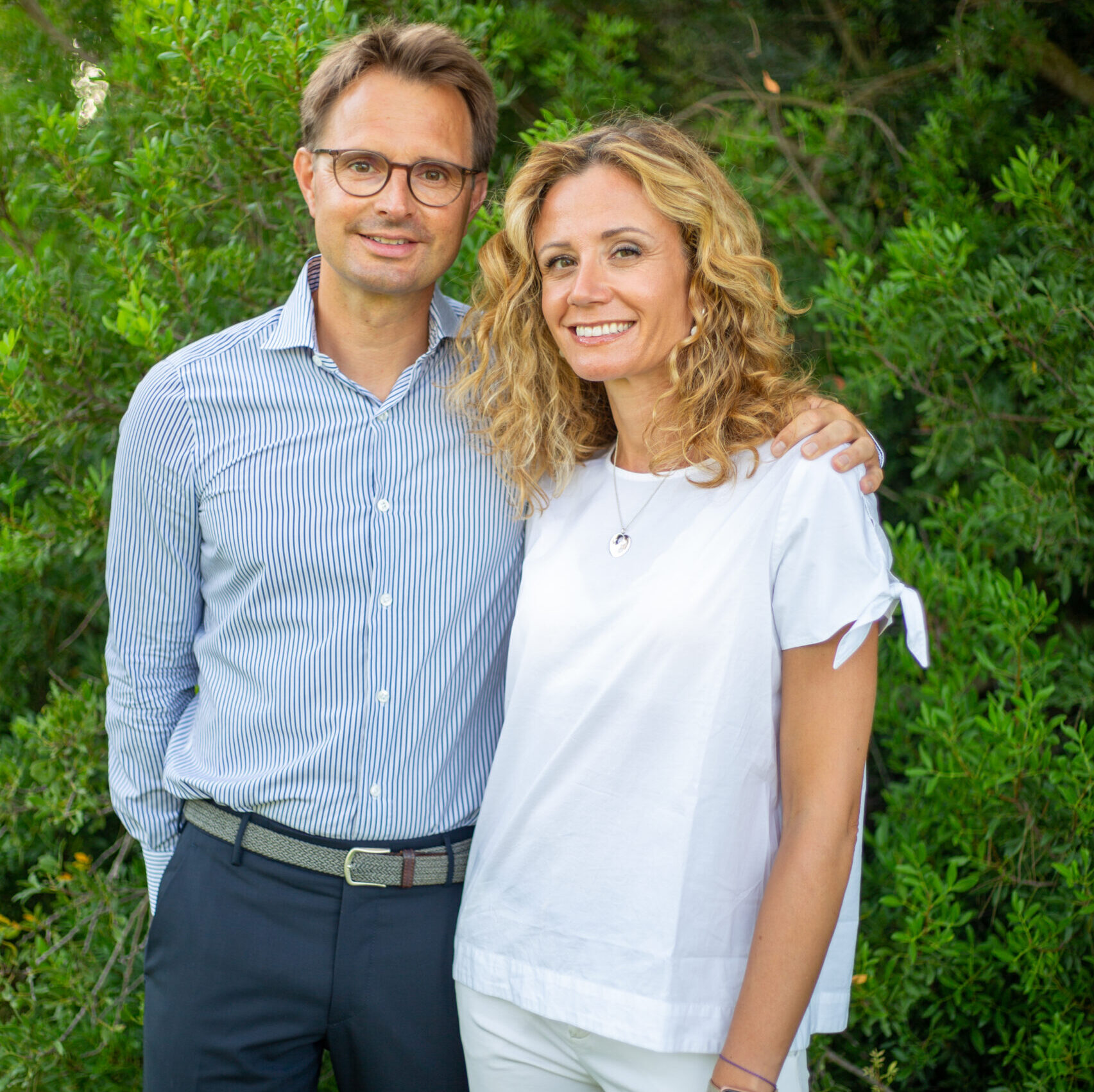
Morten G. Laursen & Susanna Botticelli
Speaker Biography
Susanna Botticelli
Susanna Botticelli earned her DDS in 2001 (University of Bologna, Italy), became an orthodontic specialist in 2007, and completed her Ph.D. in 2019 (Aarhus University, Denmark). She teaches pre- and postgraduate students since 2007 and co-directs the International Postgraduate Short-Term Course in Orthodontics since 2013. She is senior orthodontist at Aarhus’ Cleft Lip and Palate Department and works in a private orthodontic practice focused on adolescent and adult care. Her research includes 3D imaging in cleft care, eruption anomalies, and interdisciplinary collaboration.
Morten G. Laursen
Morten G. Laursen received his DDS in 2001 and qualified as a specialist in orthodontics in 2007 from Aarhus University, Denmark. Since then, he has been employed part-time at the Section of Orthodontics at Aarhus University, where he is involved in teaching pre- and postgraduate students and serves as director of the International Short-Term Course in Orthodontics. He runs a private practice limited to orthodontics in Aarhus, Denmark. Dr. Laursen is Active Member and the Secretary (2023–2026) of the Angle Society of Europe. During his postgraduate training, he served as President of the European Postgraduate Students Orthodontic Society.
Course details
Strategy of treatment depends on the patient’s age, the severity of malocclusion, and the possibilities for dento-alveolar compensation. Managing Class II malocclusions in teens and adults presents different biomechanical challenges that may require asymmetric mechanics, non-extraction or extraction protocols, skeletal anchorage, or orthognathic surgery.
We will address various Class II malocclusion types in teens and adults, starting from diagnosis and problem list, leading to treatment goals, treatment planning, and clinical management. The focus will be on achieving predictable and efficient outcomes while meeting a high standard of aesthetic, occlusal, functional, and periodontal objectives.
Learning outcomes
By the end of this course, participants will be able to:
- Assess the aetiology and severity of Class II malocclusion and evaluate appropriate options for correction and dento-alveolar compensation, including non-extraction and extraction treatment.
- Explore the indications and clinical applications of advanced interventions, including skeletal anchorage and orthognathic surgery, in the management of complex Class II malocclusions.
- Identify biomechanical challenges, such as asymmetries and torque control, specific to Class II treatment in non-growing patients, and select appropriate orthodontic mechanics to manage these complexities.
Presentation
Class II Treatment Strategies from Adolescence to Adulthood
Class II Treatment Strategies from Adolescence to Adulthood
Other Speakers
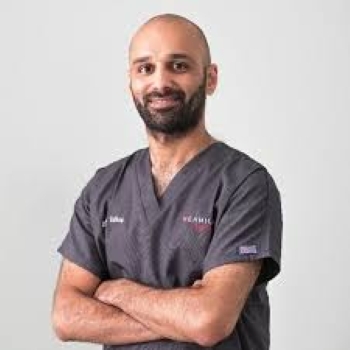
Further information coming soon.
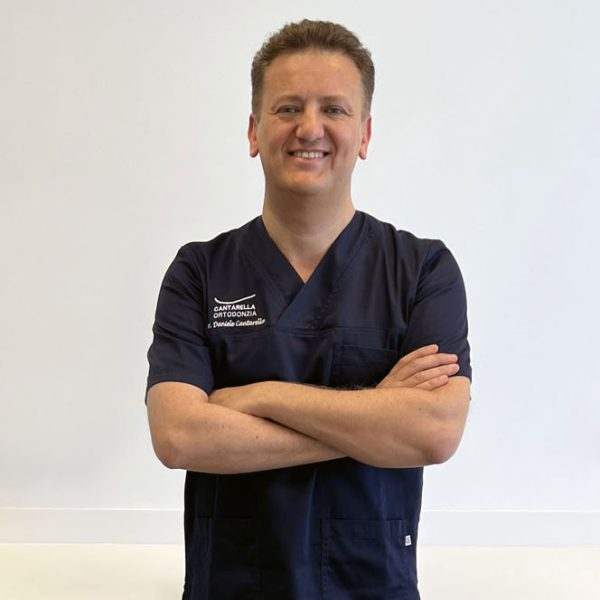
Dr. Daniele Cantarella is an international speaker in the field of Orthodontics. He received the...
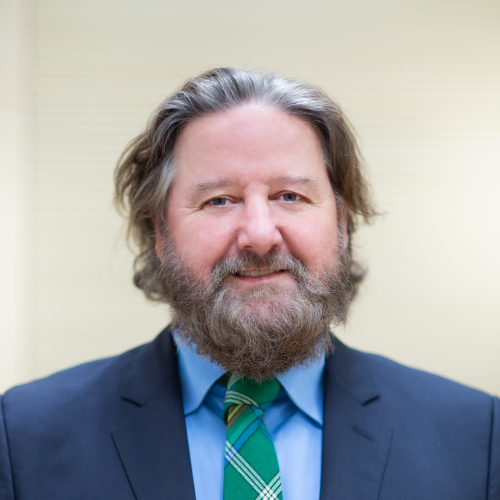
Colman McGrath is a Clinical Professor and the Chief of the Applied Oral Sciences &...
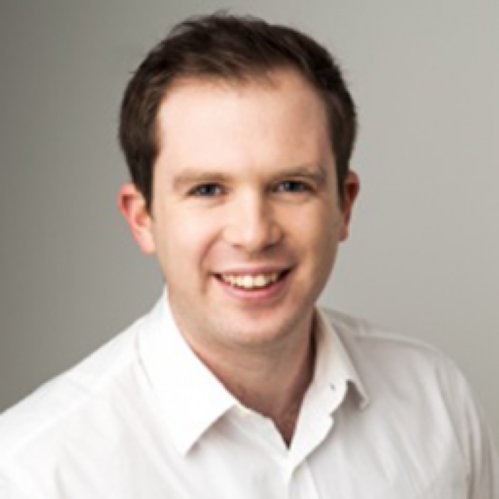
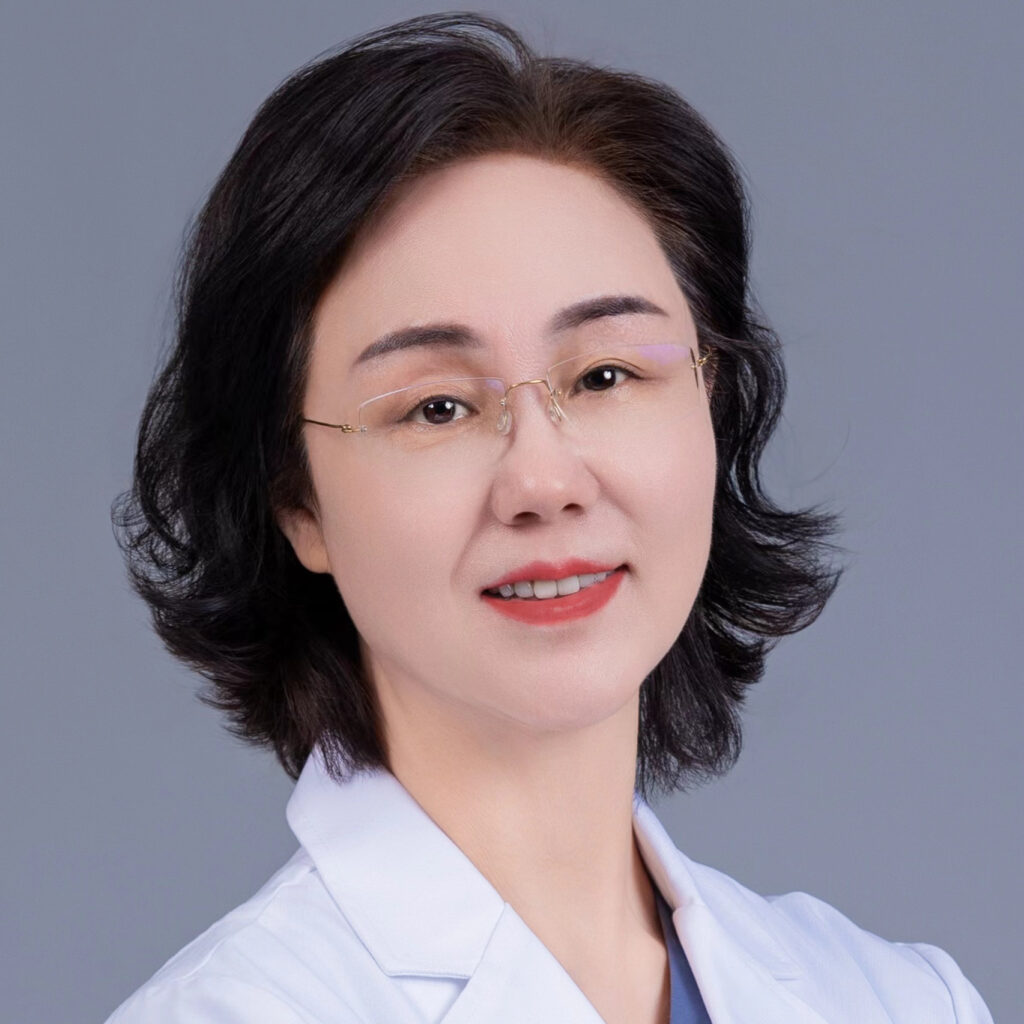
- Professor, chief physician, PhD supervisor.
- Director of the Orthodontic Teaching and Research Department,...
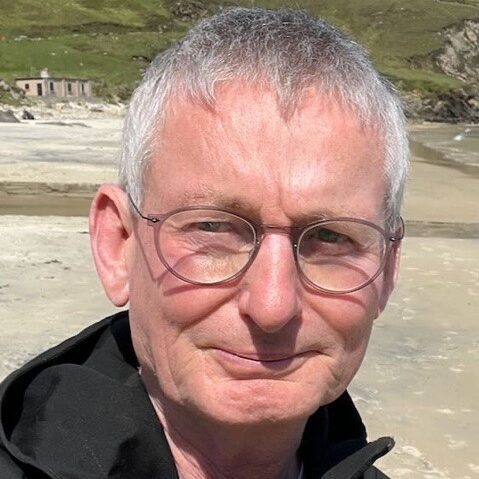
Kevin O’Brien Emeritus Professor of Orthodontics at the University of Manchester UK.
Kevin was appointed...
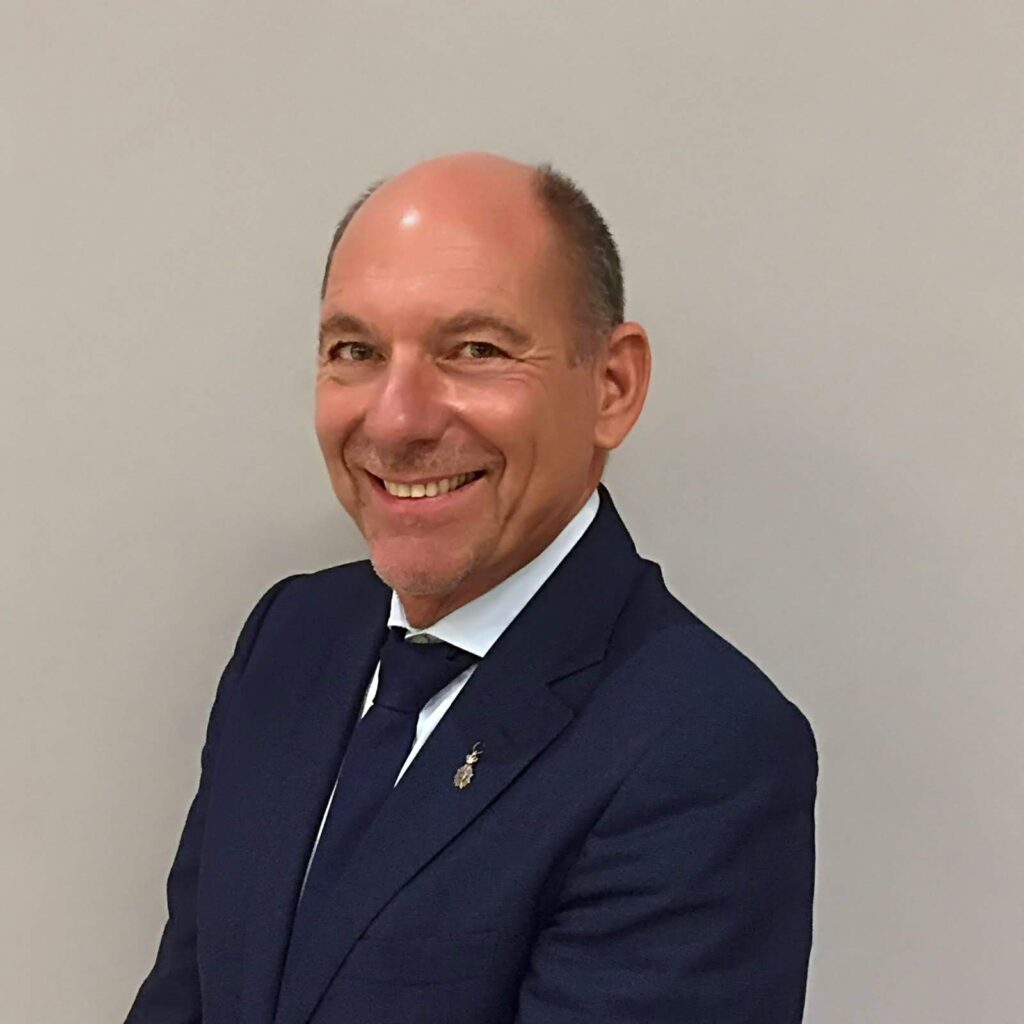
Prof. Bart Vande Vannet is Professor of Dento-Facial Orthopaedics at the Université de Lorraine, Nancy,...
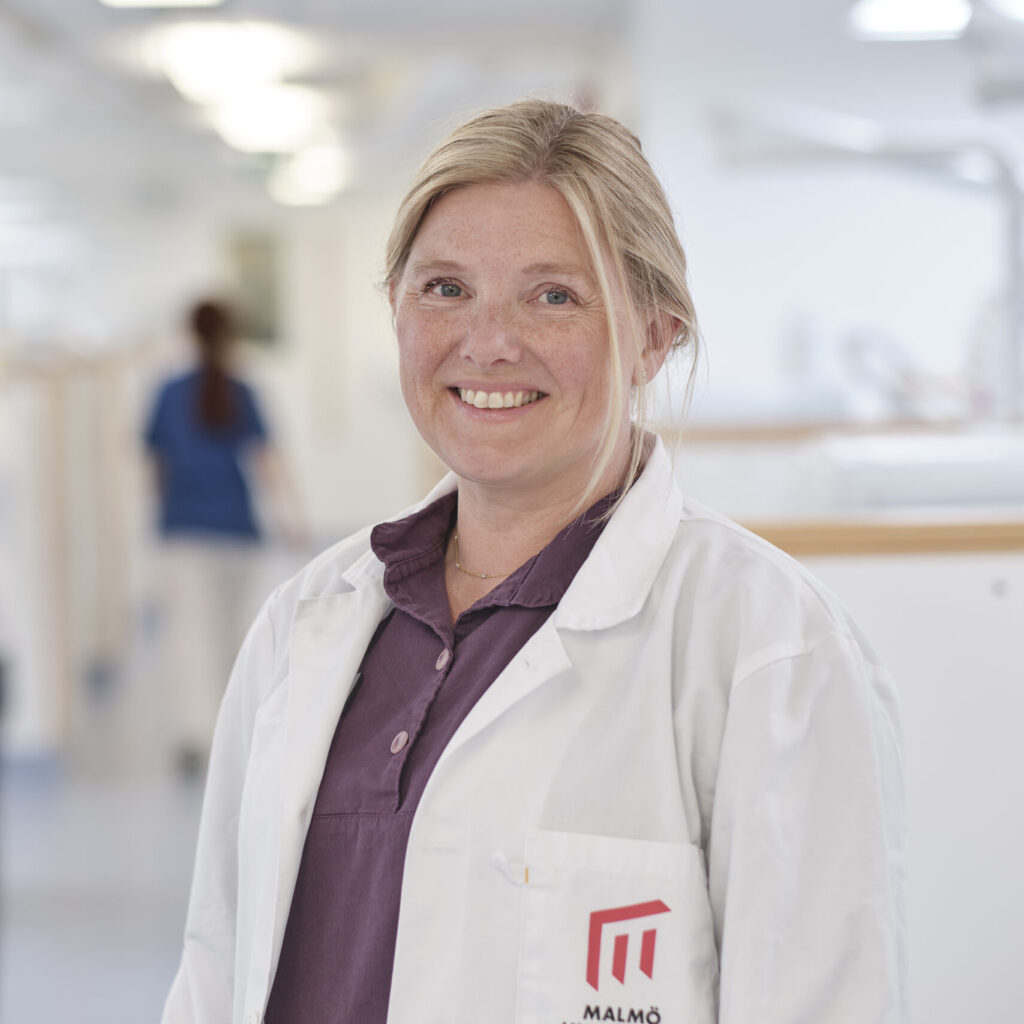
Associate Professor Liselotte Paulsson (Björnsson) is Chair and Director of the Postgraduate Program in Orthodontics...
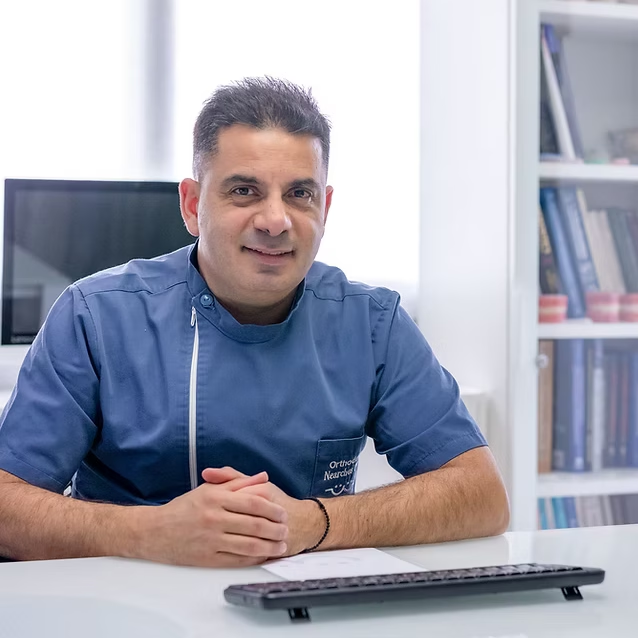
Nearchos C. Panayi, is an orthodontist based in Limassol, Cyprus. He is an assistant Professor...
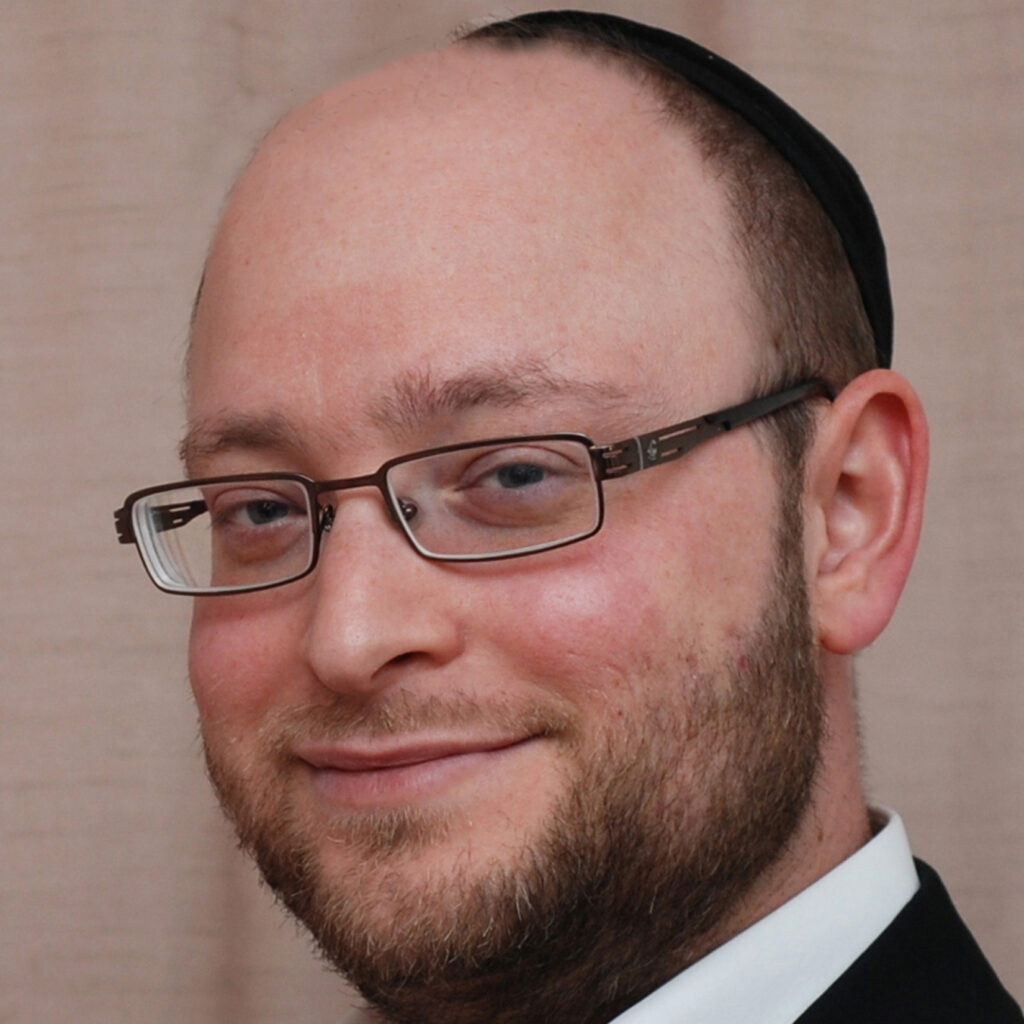
Prof. Raphael Patcas is a Swiss board-certified orthodontist who has been jointly responsible for the...
